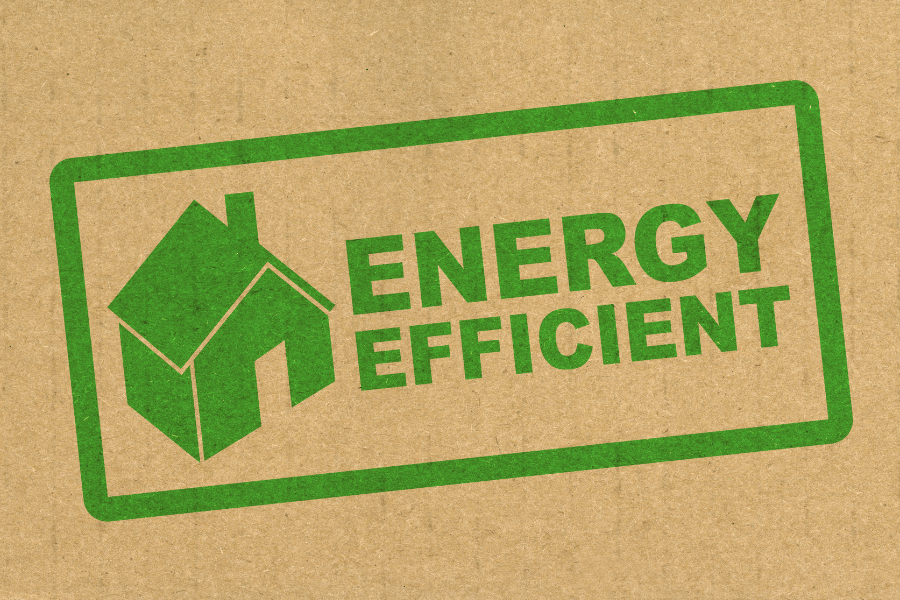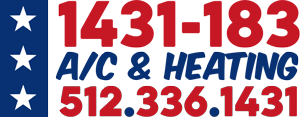When the scorching summer heat arrives, ensuring your home remains cool and comfortable is a top priority. However, achieving peak AC efficiency goes beyond simply setting the thermostat.
Proper sealing and insulation play a crucial role in maximizing cooling efficiency, reducing energy consumption, and maintaining a comfortable indoor environment.
In this comprehensive guide, we’ll explore the importance of sealing and insulating your home, and provide practical tips to help you stay cool while saving energy.

Why Sealing and Insulation Matter
Sealing and insulation are fundamental components of an efficient HVAC system. When your home is properly sealed, it prevents warm air from entering and cool air from escaping. Similarly, insulation acts as a barrier, reducing heat transfer between the indoors and outdoors.
By focusing on these two aspects, you can create a more energy-efficient home, resulting in reduced utility bills and a smaller carbon footprint.
Identifying Air Leaks
Before you begin sealing your home, it’s essential to identify areas where air leakage commonly occurs. Inspect doors, windows, electrical outlets, and any penetrations in walls or ceilings. Look for gaps, cracks, or spaces that may allow air to escape or enter the home. A common technique is to use a lit candle or incense stick near potential leakage points and observe any flickering or smoke movement.
Sealing Techniques
- Weatherstripping: Install weatherstripping around doors and windows to create a tight seal. This helps to prevent air infiltration and ensures that conditioned air stays inside.
- Caulking: Use caulk to seal gaps and cracks in walls, windows, and other areas. Choose a caulk type that matches the specific material you are sealing to ensure proper adhesion and durability.
- Door Sweeps: Attach door sweeps to the bottom of exterior doors to eliminate gaps between the door and the threshold. This prevents cool air from escaping and hot air from entering.
Insulation Tips
- Attic Insulation: Properly insulating your attic is crucial, as hot air tends to rise and can easily escape through the roof. Install insulation batts or blown-in insulation to prevent heat transfer.
- Wall Insulation: If your home has uninsulated walls, consider adding insulation. This can be done through the injection of foam insulation or by installing insulation batts between the studs.
- Duct Insulation: Insulate your HVAC ducts to minimize heat loss or gain during air distribution. Use insulation sleeves or wrap the ducts with insulation material to prevent temperature fluctuations.
Additional Energy-Saving Measures
- Programmable Thermostats: Install a programmable thermostat to automatically adjust the temperature settings based on your schedule. This helps conserve energy when you’re away from home or asleep.
- Air Filter Maintenance: Regularly clean or replace air filters to ensure proper airflow and prevent dust accumulation. Clogged filters restrict airflow, making your AC work harder and consume more energy.
- Window Treatments: Install blinds, shades, or curtains to block sunlight and reduce heat gain. Opt for light-colored or reflective materials that reflect heat away from the windows.
Sealing and insulating your home is a vital step in achieving optimal AC efficiency and improving overall home comfort. By identifying air leaks, employing proper sealing techniques, and adding insulation to key areas, you can reduce energy consumption and stay cool during the hottest summer days.
Remember to perform regular maintenance, such as changing air filters and utilizing programmable thermostats, to maximize your energy savings. With these simple yet effective strategies, you can enjoy a comfortable living environment while contributing to a greener, more sustainable future. Stay cool and save energy!
If you are experiencing a problem with your air conditioning or heating call us at 512-336-1431 to schedule an appointment. We’ll be glad to come out and take a look at the issue.
1431-183 A/C & Heating proudly serves Round Rock, Georgetown, Cedar Park, Pflugerville, Leander, Liberty Hill, and North Austin.
